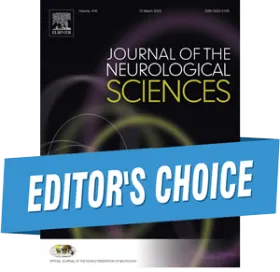
Authors: Colin Pritchard, Anne Silk, Lars Hansen, Harpal Panesar, Therese Berendt
Editor's Choice
Journal of the Neurological Sciences. REVIEW ARTICLE| VOLUME 462, 123094, July 15, 2024
DOI: https://doi.org/10.1016/j.jns.2024.123094
Highlights
- Neurological diseases as a cause of death rose significantly in all major Western countries over the last decades.
- Increases neurological death cannot be explained by an ageing population alone – the Gompertzian hypothesis can therefore be rejected.
- The causes are likely be environmental - the exact nature unknown. We call for urgent investigation to avoid further deterioration.
Objective
We examine whether the rise in neurological death rates over the 21st century are solely explained by the Gompertzian hypothesis.
Study design
We examine two data-sets. First, Office of National Statistics (ONS, 2022) for nineteen mortality categories in England/Wales, including Alzheimer's, Dementias and Parkinson's Disease.
Secondly, WHO (2020) Combined Neurological Mortality (CNM), from WHO Global mortality categories, Nervous Disease Deaths, and Alzheimer's & Other Dementias.
Methods
Based on ONS data we investigate trends in Age-Standardised Mortality Rates (ASMR) of CNM 2000–2022.
Based on WHO data we examine rates of Early Deaths (55–74) and ASMR, for CNM between 2000 and 2015 in the ten Major ‘Western’ economies: Australia, Canada, France, Germany, Italy, Japan, Netherlands, Spain, UK, and the USA.
Results
In England & Wales death rates have increased 348% for Alzheimer's, 235% for Dementias, and 105% for Parkinson's Disease in contrast with falls in most other cause mortality.
Early Adults Deaths CNM rates increased in eight countries, an average of 19%.
Neurological ASMR rose in every country, averaging 43%, the highest was the UK 95%.
Conclusion
We reject the Gompertzian hypothesis as an all-encompassing explanation for these marked increases in ASMR.
Increases in early adult neurological deaths suggests this cannot be solely explained by an aging population. Furthermore, increases in mortality could be related to an increased prevalence of neurological conditions in this age group.
Action is urgently needed to investigate factors - whether environmental, lifestyle or health systems - that could explain these findings.








